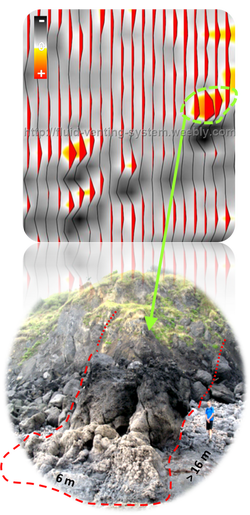Calibration of positive high amplitude anomalies (PHAAs) on 3D seismic with drill-hole samples & comparison of PHAAs with outcropped methane-related carbonates

Fluid-Venting-System website by S. HO is licensed under a Creative Commons Attribution-NonCommercial-NoDerivatives 4.0 International License.


